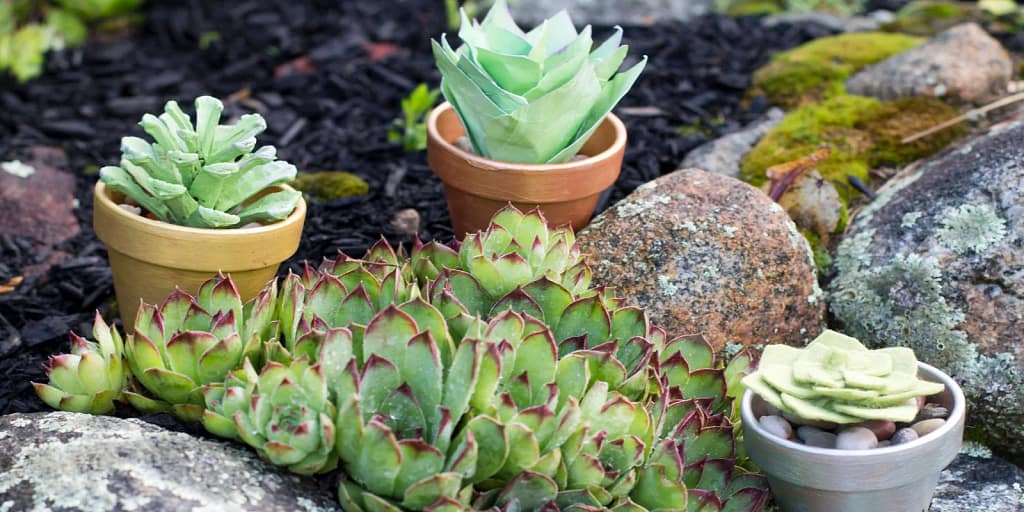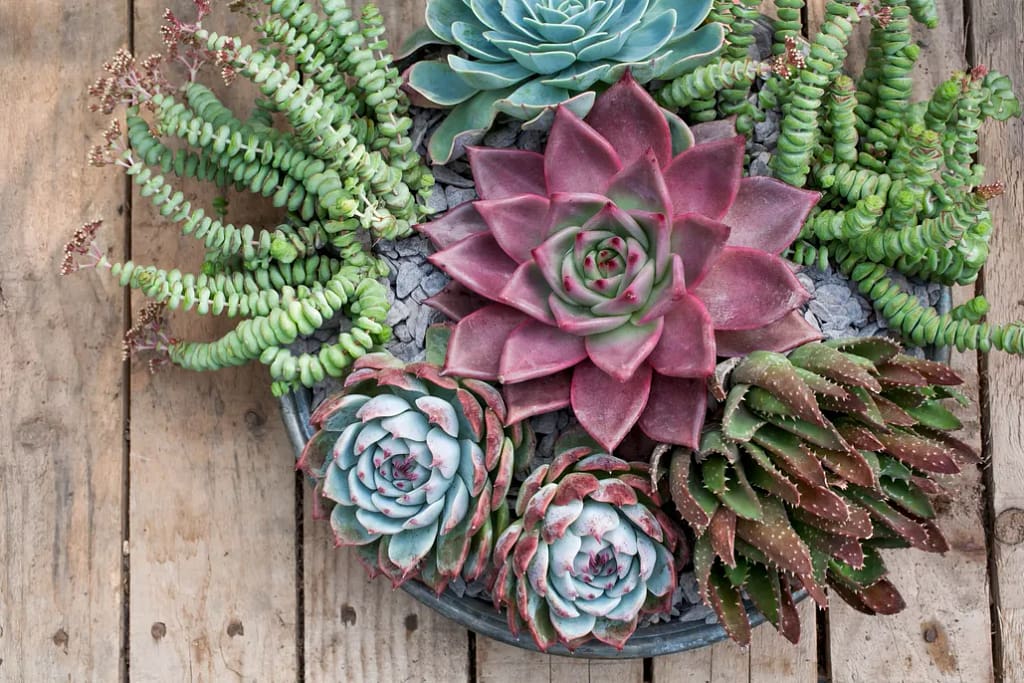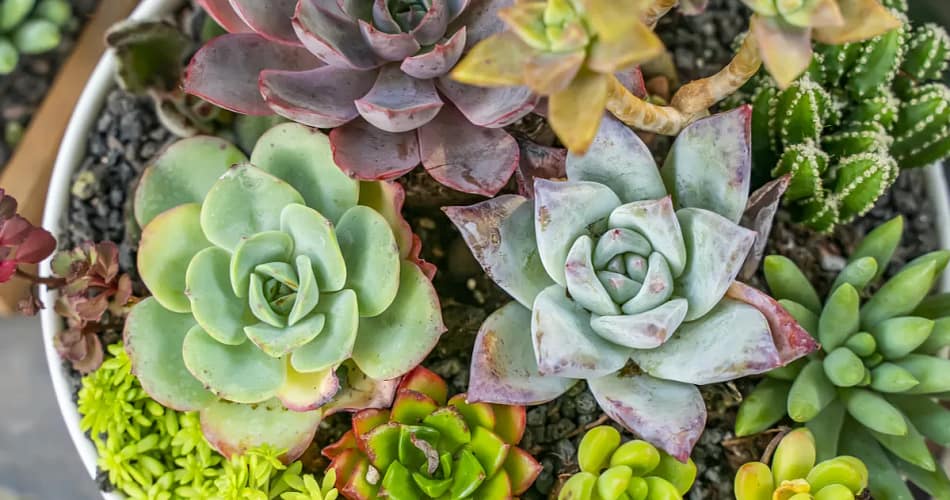Succulent plants are a favorite among plant enthusiasts for their unique beauty, easy care, and adaptability. Whether you’re a novice gardener or a seasoned plant lover, succulents offer a diverse range of shapes, sizes, and colors that can enhance any indoor or outdoor space. In this comprehensive guide, we’ll explore the fascinating world of succulent plants, including types, care tips, and their numerous benefits.
What Are Succulent Plants?
Succulents are plants that have thick, fleshy tissues adapted to store water. This unique characteristic allows them to survive in arid environments and makes them incredibly low-maintenance. Succulents come in a variety of forms, including rosettes, trailing vines, and spiky leaves, making them a versatile choice for any garden or home décor.

Popular Types of Succulent Plants
- Aloe Vera: Known for its medicinal properties, Aloe Vera is a popular succulent with thick, spiky leaves filled with soothing gel.
- Echeveria: Echeveria species are rosette-shaped succulents that come in various colors, from green to pink to blue.
- Sedum: Sedum, or stonecrop, includes low-growing ground covers and tall spiky plants, perfect for rock gardens and containers.
- Agave: Agave plants are prized for their robust, architectural leaves, making them popular choices for landscaping projects.
- Crassula: The Crassula genus includes the well-known Jade Plant, a popular houseplant with thick, glossy leaves.
- Haworthia: These small, rosette-forming succulents are ideal for indoor gardens and are known for their striking patterns.
- Kalanchoe: Kalanchoe plants are prized for their vibrant, long-lasting flowers and fleshy leaves.
- Sempervivum: Also known as “Hens and Chicks,” Sempervivum are hardy succulents that produce offsets, creating a clustered appearance.
- Gasteria: Gasteria plants have thick, tongue-shaped leaves and are known for their ability to thrive in low light.
- Lithops: Lithops, commonly known as “Living Stones,” are sought after for their distinctive appearance, resembling small pebbles.
How to Care for Succulent Plants
1. Light Requirements:
Succulents thrive in bright, indirect light. Position them close to a south or east-facing window to maximize their exposure to optimal light. While some succulents can tolerate lower light conditions, most will benefit from several hours of sunlight each day.
2. Watering:
The key to watering succulents is to let the soil dry out completely between waterings. Overwatering is the cause of succulent death. Water thoroughly, then allow the excess to drain away. During the winter months, reduce watering as the plants enter a dormant phase.
3. Soil:
Use a well-draining soil mix designed for succulents and cacti. You can also make your own mix by combining regular potting soil with sand, perlite, or pumice to improve drainage.
4. Temperature and Humidity:
Succulents thrive best in temperatures ranging from 60°F to 80°F (15°C to 27°C). They can tolerate higher temperatures when shaded. Succulents generally prefer low to moderate humidity levels.
5. Fertilization:
Succulents do not require frequent fertilization. During the growing season (spring and summer), feed them with a balanced, water-soluble fertilizer diluted to half strength once a month.
6. Repotting:
Repot succulents every 2-3 years or when they exceed their current container’s size. Opt for a pot slightly larger than the current one, ensuring it includes drainage holes.

Benefits of Growing Succulent Plants
1. Low Maintenance:
Succulents are perfect for busy individuals or gardening novices due to their low maintenance needs.
2. Air Purification:
Many succulents, like Aloe Vera and Snake Plant, are known for their air-purifying properties, helping to remove toxins from the air.
3. Aesthetic Appeal:
With their diverse shapes, colors, and textures, succulents can enhance the visual appeal of any space, both indoors and outdoors.
4. Therapeutic Benefits:
Gardening with succulents can reduce stress and promote relaxation, making it a therapeutic hobby.
5. Drought Tolerance:
Succulents are perfect for xeriscaping and water-wise gardening, as they require less water than traditional plants.
Succulent plants come in a vast variety, with thousands of species spread across numerous genera. Some of the most well-known succulent genera and their estimated species counts include:
Aloe: Around 500 species
Echeveria: Over 150 species
Sedum: Over 400 species
Agave: Around 200 species
Crassula: About 200 species
Haworthia: Approximately 150 species
Kalanchoe: Around 200 species
Sempervivum: About 40 species
Gasteria: Around 20 species
Lithops: Around 40 species
Overall, there are thousands of succulent species, with new varieties continually being discovered and cultivated. The diversity in shapes, sizes, colors, and growth habits makes succulents a fascinating and popular choice for plant enthusiasts.

